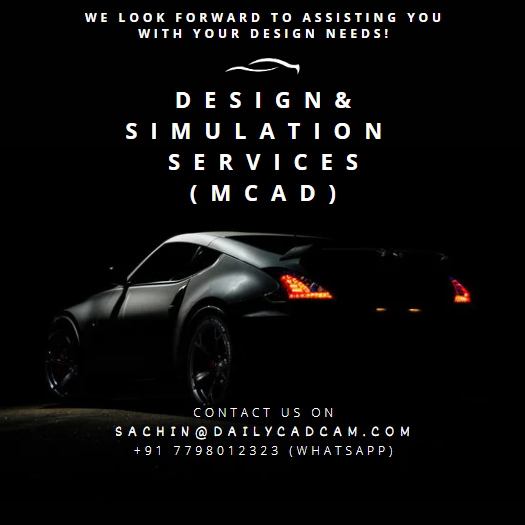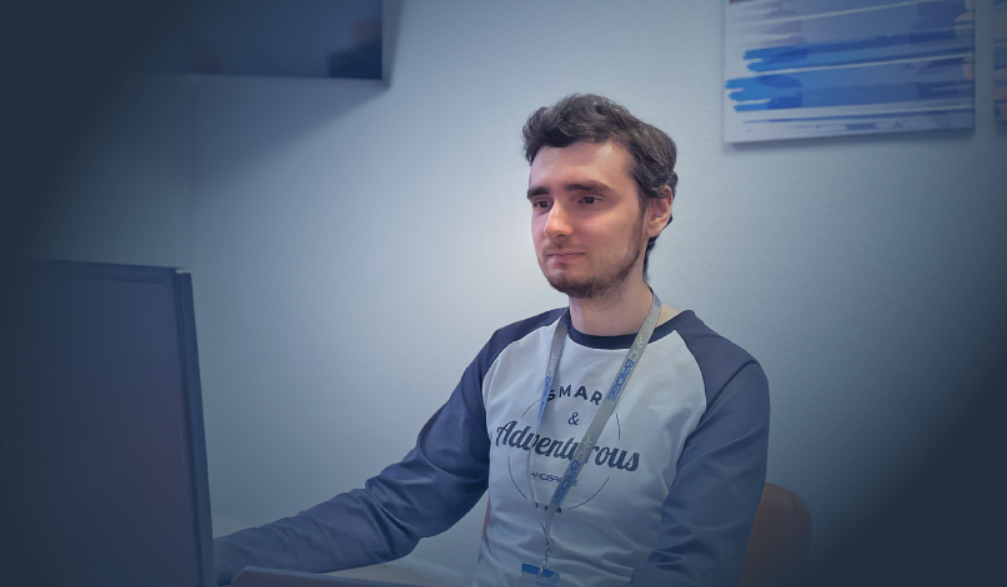

Q: What was your presentation about?
A: I dedicated it to the concept of visual programming. Based on my experience in developing a low-code platform for engineers, I explained what visual programming is, how to apply it in the engineering field, and how to develop your own visual programming application.
Q: How important, in your opinion, is visual programming for engineering software development?
A: Visual programming is a very old concept that was defined in the 1960s and started gaining much traction in recent years. It is reported that the low-code market is expected to grow by 27.8% annually, reaching $148.5 billion by 2030. Engineering is not an exception. Recently, several “big players” like Siemens and Dassault Systèmes, along with many start-ups, have entered the market. Existing applications like Dynamo and Grasshopper are receiving major updates to keep up with the newcomers. I believe that visual programming is the future of engineering, and one of my presentation goals was to show why.
“Most of the presentation was based on the experience I gained during my work at AMC Bridge”
Q: Is it related to the project you are working on at AMC Bridge?
A: Yes, the topic is directly related to our project because our team is currently developing a next-generation visual programming platform for engineers. We are responsible for all stages of the product development life cycle, including planning, design, development, quality assurance, and support. Most of the presentation was based on the experience I gained during my work at AMC Bridge.
Q: What are the biggest insights of this presentation for you personally?
A: The first one: this topic helped me understand how many repetitive things are still done manually in the engineering field. One of the greatest enablers of visual programming is the ability to automate algorithms and processes. It excites me to know that with our help, engineers can leave all the boring stuff to a machine and focus on the thing that matters—creativity.
The second insight. I worked on many add-ins for existing CAD applications in the past. On the current project, I found myself on the other side of the fence because we are developing a platform that can be extended by add-ins created by other developers. Being on both sides made me realize how vital developer documentation is. You can build an awesome API for other developers to use; however, it has no value if there is no documentation or examples. And writing good technical documentation is a hard and time-consuming task that should not be taken lightly.
And the third insight: from the technical standpoint, for me, an eye-opener was how expensive 2D graphics are. Modern games and 3D-rendering engines can render very complex models with millions of triangles. And you would expect a computer to have no trouble rendering mere thousands of 2D objects, like rectangles, lines, or texts. But then reality hits, and you realize that if you want to have many objects on the screen, it’s necessary to implement a complex low-level solution.
Q: What was the audience’s feedback? Did it bring any new ideas to you?
A: The majority of the audience were software developers, and it was interesting to see how “real” programmers reacted to visual programming. Their feedback helped me realize that it is hard for a developer to comprehend a programming concept that lacks fundamental features such as loops or recursion. So, it would be interesting for me to create a presentation focusing on this topic and explaining how to apply these concepts using a simple node editor.
Find a piece of the presentation in the video.Find out more about AMC Bridge on the website.













